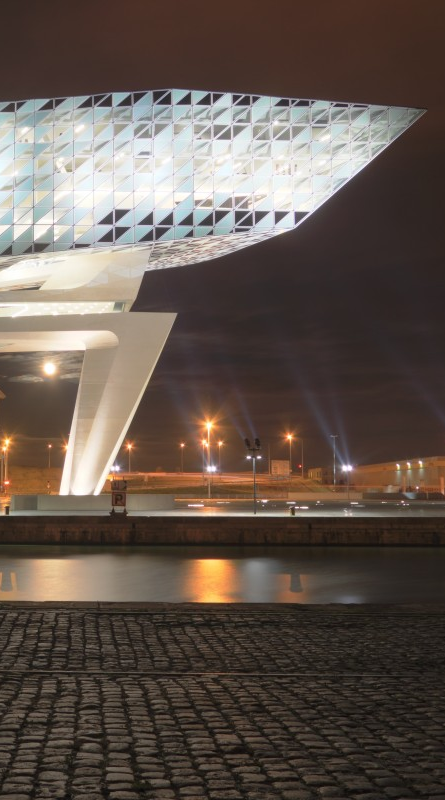Data analysis for opening new prospects
Technology has long played a facilitating role, playing a key role in the optimisation of infrastructures, nautical operations, and logistics. Because of increasing port traffic, growing operational complexity, and the rise in demand for just-in-time planning, its potential continues to grow.
The Port of Antwerp wanted to use the different data sources in a targeted way to open up all kinds of previously unexploited opportunities and uses. “Speed, efficiency and savings are our main motivations,” explains Jan Goossens, project leader on behalf of the Port of Antwerp.
"We realised that we didn’t know how to use and coordinate this huge volume of data to deepen our knowledge and profit from it."
Jan goossens, project leader
“We realised that we didn’t know how to use and coordinate this huge volume of data to deepen our knowledge and profit from it.” A realisation that essentially came in response to the requirement for an automatic identification system (AIS transponders – a common practice in the air transport sector for years, but only required for maritime transport since 2012).
AIS data, used for real-time visualisation of maritime traffic, was stored for a maximum of three months because of their immense volume. Consequently, they had never been used to collect detail historical information on bottlenecks, peak times, delays, or risks.





